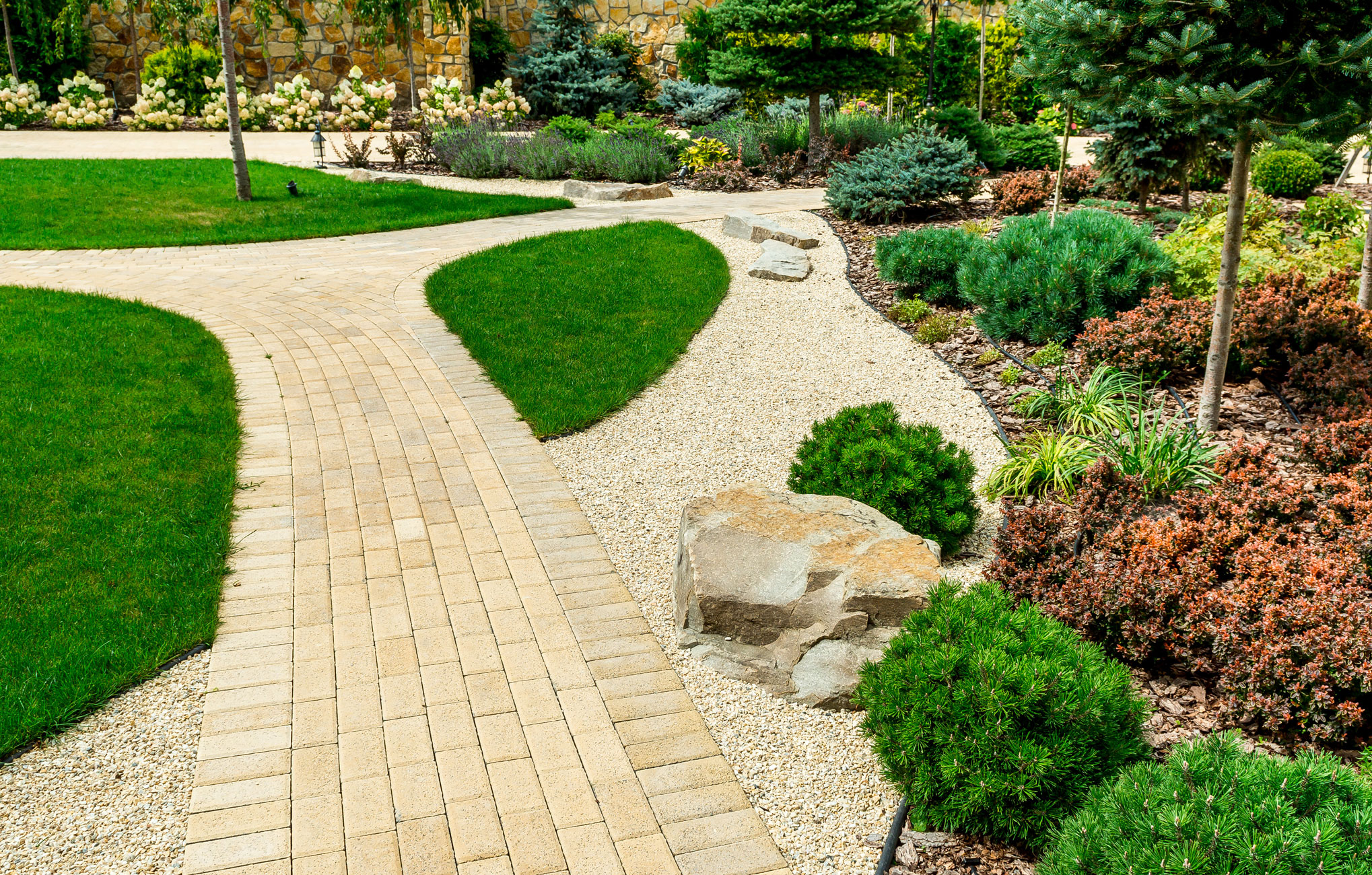Landscaping is the process of modifying a piece of land to improve its aesthetics, functionality, and overall value. It is an art that requires careful planning, creative vision, and skilled execution. As a landscape and construction provider, we understand the importance of landscaping and how it can transform an ordinary space into an extraordinary one.
There are many benefits to landscaping, both for residential and commercial properties. A well-designed landscape can increase the value of a property, improve its curb appeal, and create a welcoming environment for visitors and residents alike. Landscaping can also be used to create functional spaces for outdoor living, such as patios, decks, and outdoor kitchens.
When it comes to landscaping, there are many different elements to consider. These include plants, trees, hardscapes, lighting, and water features. Each of these elements plays a role in creating a cohesive and visually appealing landscape design.
Plants are a critical component of landscaping. They can be used to create a variety of different looks, from formal to informal, and can provide a range of benefits, such as shade, privacy, and noise reduction. Trees, in particular, are a valuable addition to any landscape. They can help to reduce energy costs by providing shade in the summer and acting as a windbreak in the winter.
Hardscapes are another important element of landscaping. These include features such as patios, decks, walkways, and retaining walls. Hardscapes can be used to create functional spaces for outdoor living, such as a dining area or a seating area. They can also be used to create a sense of structure and definition in the landscape design.
Lighting is an often-overlooked aspect of landscaping. However, it can have a significant impact on the overall look and feel of a property. Lighting can be used to highlight specific features, such as trees or water features, and can create a warm and inviting atmosphere for evening gatherings.
Water features are another popular addition to many landscapes. These can include fountains, ponds, and waterfalls. Water features can help to create a sense of tranquility and relaxation in a landscape, and can also attract wildlife such as birds and butterflies.
The key to successful landscaping is careful planning and execution. A professional landscape provider can help to create a cohesive and visually appealing design that meets the unique needs and preferences of the property owner. By working with a landscape provider, property owners can ensure that their landscape is not only beautiful but also functional and sustainable.
Sustainability is an important consideration in landscaping. A sustainable landscape is one that is designed to be low-maintenance, water-efficient, and environmentally friendly. This can be achieved through the use of native plants, efficient irrigation systems, and sustainable hardscape materials.
In conclusion, landscaping is an essential aspect of any property, whether residential or commercial. It can improve the aesthetics, functionality, and overall value of a property, and can create a welcoming environment for visitors and residents alike. With careful planning and execution, a professional landscape provider can help to create a beautiful and sustainable landscape design that meets the unique needs and preferences of the property owner.

